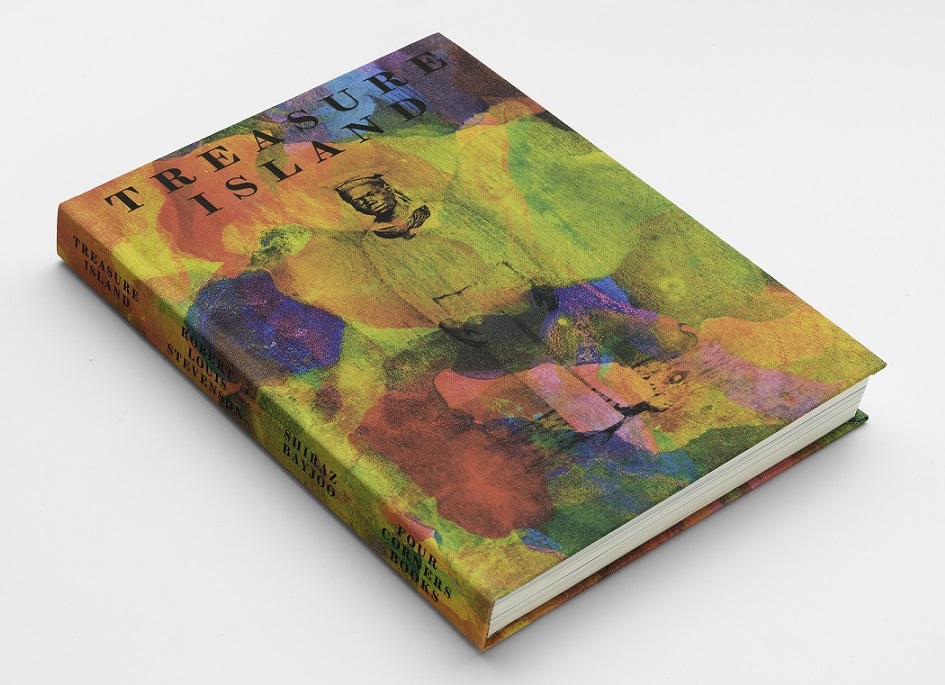At an obvious level, the distinction between fact and fiction is clear: a story can be about factual truths or imaginative ones.
 Sean Sheehan
Sean Sheehan
Robert Lewis Stevenson’s “Treasure island” is a fictional story so there is no point in trying to get rich by searching through the author’s archive for a map with an X marking the location of a buried treasure on a desert island.
The book is an adventure story written for young readers – though the text is replete with nautical language and its appeal as a children’s book may be better appreciated in the form of a graphic novel or a film – but adults have found value in it as a coming-of-age story set in an 18th-century age of piracy. The setting is a real one but the story is purely imaginative and this blurs rigid distinctions between fact and fiction. A term’s meaning may reside in and through its relation with its opposite.
The 18th-century was the age of the slave trade and colonial Britain’s involvement in the transportation of slaves from Africa to the Americas. The topic, not explicit in “Treasure island”, is the obscene underbelly of British maritime entrepreneurship and this is what Mauritian artist Bayjoo responds to in his images superimposed on pages from Four Corners Books’ very handsome and unique edition of a fictional tale about a island with an illicit treasure.
 The real and very licit treasure was not buried on an island but in the holds of ships that carried millions of Africans across the Atlantic and sold as slaves.
The real and very licit treasure was not buried on an island but in the holds of ships that carried millions of Africans across the Atlantic and sold as slaves.
What escaped being treasure was buried at sea, some 1.2 – 2.4 million bodies that died during the voyages.
The adventurers in Treasure Island depart from Bristol, an important seaport for the slave trade and a few years after the book’s publication a monument celebrating Edward Colston was erected in the city.
He was deputy governor of a company that transported an estimated 84,000 Africans and after the abolition of slavery over £2 billion in today’s money was paid out to Bristolian slave owners.
Bayjoo’s images take the reader on a journey from Bristol to tropical landscapes marred by plantations and the brutality endemic to the 18th-century colonial Caribbean. Just as Africans were a source of treasure to be enjoyed by those who enslaved them, the five heroes of “Treasure island” return from their adventure with an immense fortune to finance their future lifestyles as respectable gentlemen. The violence and expropriation that made their wealth possible could be discreetly put aside.
 The jury in the case of the Colston Four did not forget and they acquitted the protestors who were charged in 2020 for helping to topple the monument in Bristol.
The jury in the case of the Colston Four did not forget and they acquitted the protestors who were charged in 2020 for helping to topple the monument in Bristol.
The appeal court, which cannot reverse the verdict, declared the bringing down of the statue a ‘violent’ act, bringing to mind Brecht’s question: “What is the robbing of a bank compared to the founding of a bank?”
“Treasure island”, by Robert Lewis Stevenson, is published by Four Corners Books.
(Images supplied by the publisher.)












.jpg)












